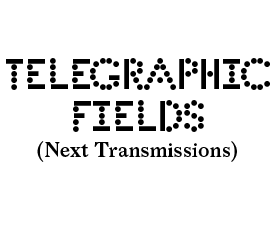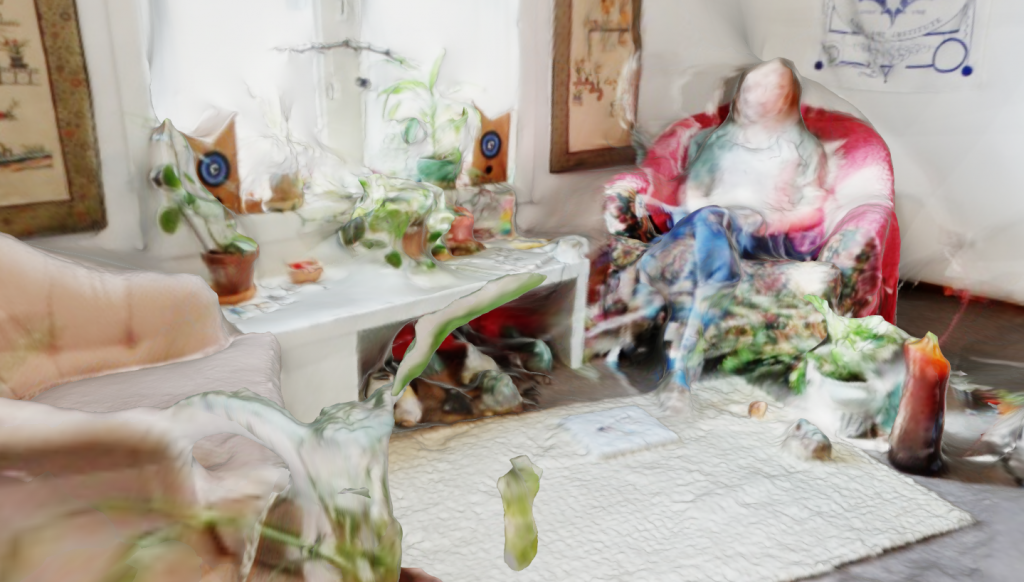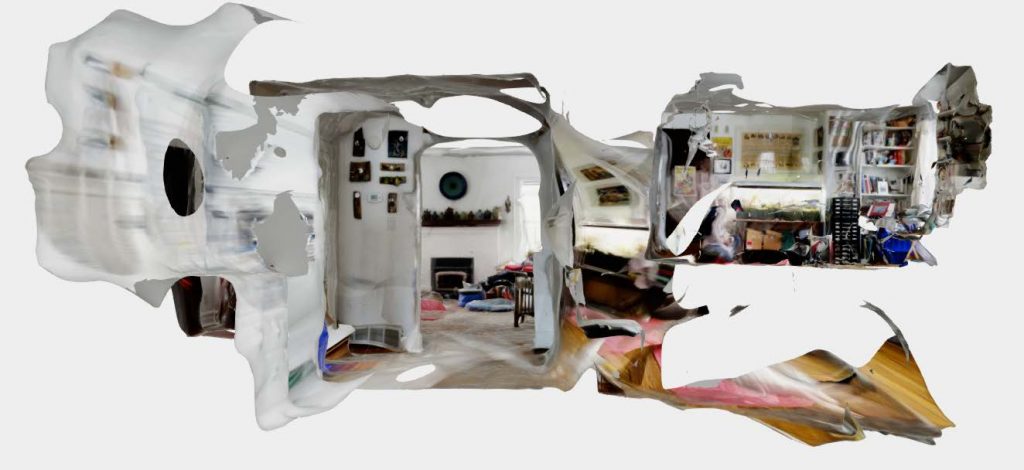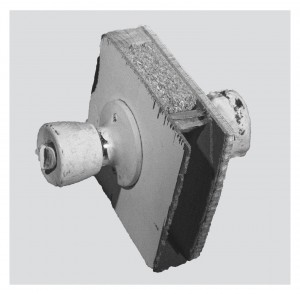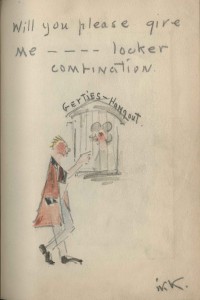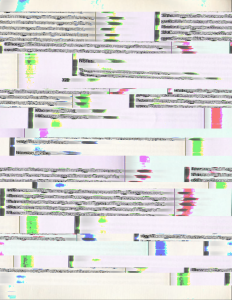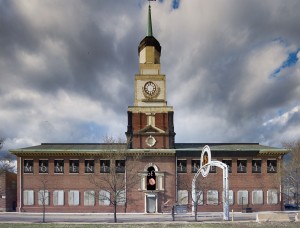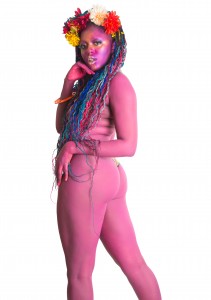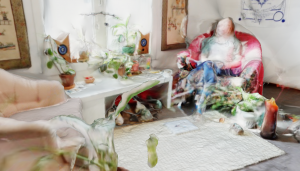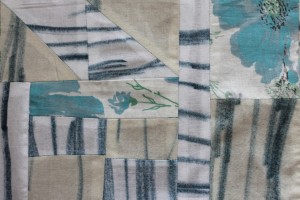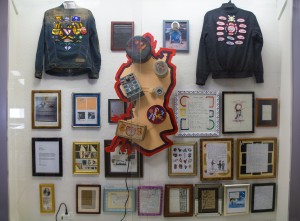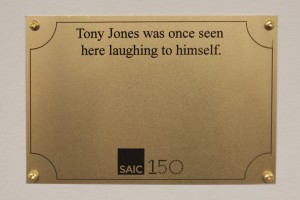Adam Koziol (BFA 2017) is an artist from Northwest Indiana focusing in Photography and Sculpture. Koziol’s work investigates the spatial relationship between the built industrial landscape and Prairies of the Midwestern rustbelt.
Temporal Topographies is an documentation of faculty, student, alumni and staff living spaces and studios. By examining the institutional backbone and re-generating these spaces in 3D digital space, Adam seeks to create a collective ‘image’ of SAIC. These existing habitats within which creative thought develop and mature become a point of departure for the project as it aims to build an archive of the immateriality environment within which creativity is nurtured. By employing an interactive and navigational platform, the project lies at the cusp of physical being and digital space, by providing the audience with a conceptual fragment of the reconstructed archive within the digital realm.
On View: Online Exhibit, TBA
1926 1926 1926 – a year of growth | a year of height | a year of girth
An image from the Kenneth Goodman Theatre the lives on as a rat infested derelict once kinda great auditorium or an 8×10 negative.
I stood where it stood. We walk where it walked. (and moved a couple blocks over and got a little larger)
I reenacted and reassembled a space of limestone and sandstone in wood and metal. We performed a script written by the man whose parents donated the money to build the building. Grace and I, former performers, performed again in some sense of passion (we can be loud).
Loud enough to inhabit space: command space
I moved on from theatres and scripts of a dead man to visit the other dead
I took a winter break I lived in the city for once, I went a little crazy.
I found the importance behind my home. I got really overwhelmed in other spaces (that we not mine)
I was going around talking to a queer generation unlike my own. A queer generation that taught me about comradery [at a larger level than our(my) own]
Space, something that has always held its weight has become my focus.
A relationship was acknowledged. A tactile knowledge was recognized.
Spatial renderings were a way to acknowledge space.
I began to talk (like I do)
I found ways to measure space by turning a switch.
I measured my time and my space I archived my home, my space Where I will visit (digitally) when it’s gone.
I wanted to endlessly preserve space.
Documenting the vibrations
I am still a performer. I am still loud. I am still holding my breath.
I now welcome space
